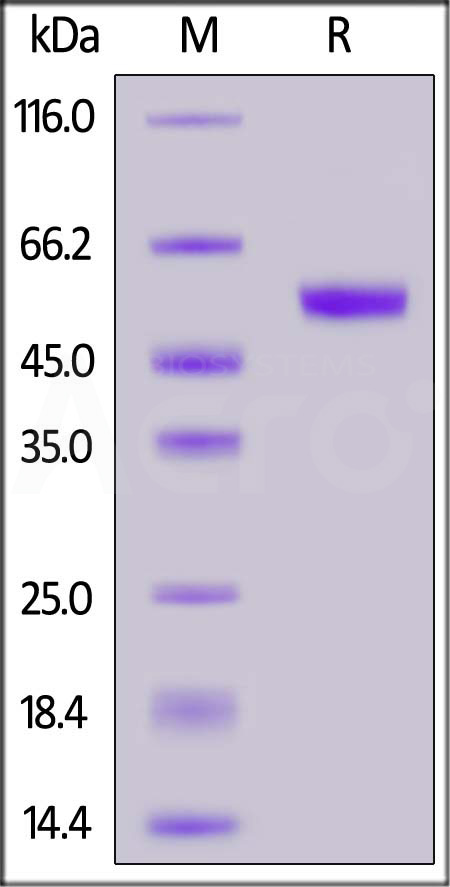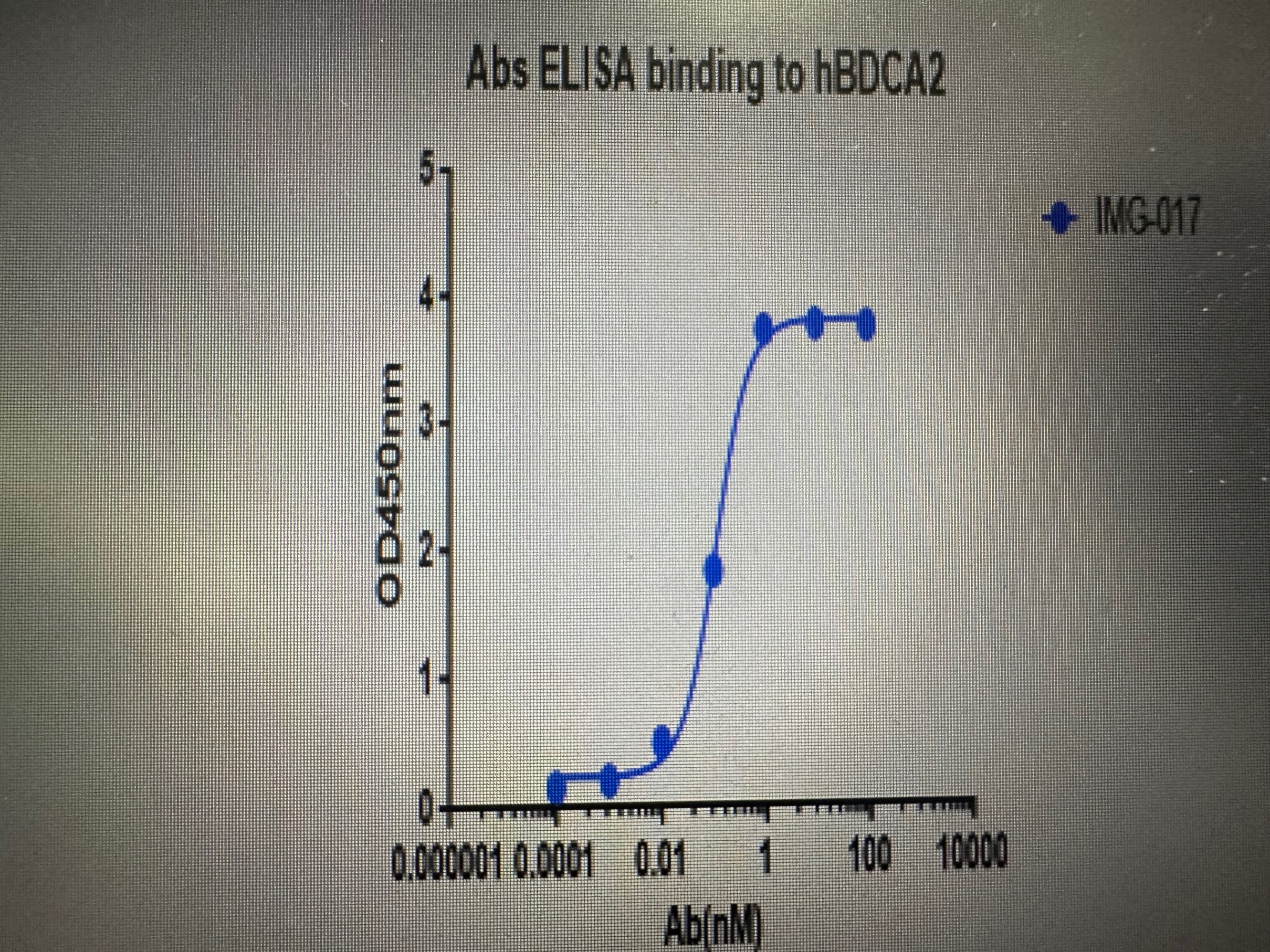Serum Immune-Response Protein Biomarkers Based on Olink Technology for Diagnosis of Ischemic StrokeWang, Zhao, Zeng
et alJ Proteome Res (2025) 24 (3), 1296-1305
Abstract: The immune response plays a crucial role in the treatment of ischemic stroke (IS). Our primary objective was to explore immune proteins related to stroke and to develop a noninvasive diagnostic panel. We used the high-throughput Olink immunoassay platform to quantitatively measure 92 proteins in the serum of 88 patients with IS and 88 controls. We first selected feature proteins using least absolute shrinkage and selection operator (LASSO), random forest (RF), and support vector machine (SVM), and then modeled them for external validation of IS. In this study, we found that 53 proteins exhibited significant differences in the IS compared to the control group. We selected GLB1, PRDX5, DDX58, and CLEC4C as potential protein biomarkers to differentiate IS from the control group using LASSO, RF, and SVM. The diagnostic model, which included these four proteins, demonstrated excellent performance in validation data sets, achieving an AUC value of 0.899 (95%CI: 0.848-0.950). Our findings offer valuable insights into both the immune response and the diagnosis of IS. These results offer a novel approach to clinical decision-making in the diagnosis and treatment of IS.
Identification of a Novel Immune-Gene Signature with Prognostic Value in Patients with Head and Neck Cancer: A Pilot StudyBatsaki, Fortis, Gritzapis
et alBiochem Genet (2025)
Abstract: The tumor microenvironment has a significant input on prognosis and also for predicting clinical outcomes in various types of cancers. However, tumor tissue is not always available, thus, rendering peripheral blood a preferable alternative in the search for prognostic and predictive gene signatures. Head and neck squamous cell carcinoma (HNSCC) constitutes a quite heterogeneous disease characterized by poor prognosis. Therefore, the discovery of novel therapeutics based on prognostic gene signatures for effective disease governance is of paramount importance. In this study, we report for the first time an immune-gene signature identified in the peripheral blood of HNSCC patients comprising five genes (CLEC4C, IL23A, LCK, LY9, and CD19) which were more than threefold downregulated as compared to healthy individuals and were associated with poor prognosis. By performing analyses of HNSCC tumor samples from The Cancer Genome Atlas (TCGA) database, we discovered that decreased expression of these genes, both as single genes and as a 5-gene signature (5-GS), was significantly correlated with worse overall survival (OS). Our data show that the levels of expression of the 5-GS represent an immune profile predicting OS in patients with HNSCC.© 2025. The Author(s), under exclusive licence to Springer Science+Business Media, LLC, part of Springer Nature.
Novel Prognostic Markers for Skin Cutaneous MelanomaZhang, Xie, Wang
et alClin Cosmet Investig Dermatol (2024) 17, 2615-2625
Abstract: Skin cutaneous melanoma (SKCM) ranks among the most prevalent malignant tumors, highlighting the significance of identifying new research targets. In this study, our objective was to pinpoint pivotal genes implicated in SKCM pathogenesis and ascertain their potential as prognostic biomarkers.Leveraging data from 1809 normal skin samples and 471 SKCM samples, we identified differentially expressed genes (DEGs). Using a comprehensive suite of bioinformatic analyses, including weighted gene co-expression network analysis (WGCNA), we elucidated the functions of these DEGs and singled out hub genes. Cox analyses and overall survival analyses underscored that elevated expression of these genes correlated with more favorable prognoses.Ultimately, we identified five genes (PLAC8, IL4I1, ZNF80, CCR8, CLEC4C) as novel prognostic markers for SKCM. Furthermore, multivariate Cox analyses pinpointed ZNF80 and CCR8 as independent prognostic biomarkers. Experimental validation targeting these genes revealed significant downregulation in melanoma cells, except for CCR8. Subsequent knockdown of IL4I1 promoted both the proliferation and inhibited the apoptosis of melanoma cells.In summary, our study identified a series of potential prognostic genes in melanoma and verified the functional role of IL4I1 among them.© 2024 Zhang et al.
Zebrafish use conserved CLR and TLR signaling pathways to respond to fungal PAMPs in zymosanGlass, Robinson, Rosowski
Dev Comp Immunol (2025) 162, 105286
Abstract: Pattern recognition receptors (PRRs) such as C-type lectin receptors (CLRs) and Toll-like receptors (TLRs) are used by hosts to recognize pathogen-associated molecular patterns (PAMPs) in microorganisms and to initiate innate immune responses. While PRRs exist across invertebrate and vertebrate species, the functional homology of many of these receptors is still unclear. In this study, we investigate the innate immune response of zebrafish larvae to zymosan, a β-glucan-containing particle derived from fungal cell walls. Macrophages and neutrophils robustly respond to zymosan and are required for zymosan-induced activation of the NF-κB transcription factor. Full activation of NF-κB in response to zymosan depends on Card9/Syk and Myd88, conserved CLR and TLR adaptor proteins, respectively. Two putative CLRs, Clec4c and Sclra, are both required for maximal sensing of zymosan and NF-κB activation but not required for inflammatory gene expression. Altogether, we identify conserved PRRs and PRR signaling pathways in larval zebrafish that promote recognition of fungal PAMPs. These results inform modeling of human fungal infections in zebrafish and increase our knowledge of the evolution and conservation of PRR pathways in vertebrates.Copyright © 2024 Elsevier Ltd. All rights reserved.


 +添加评论
+添加评论
 >
>
 >
>
 >
>






















































 膜杰作
膜杰作 Star Staining
Star Staining















